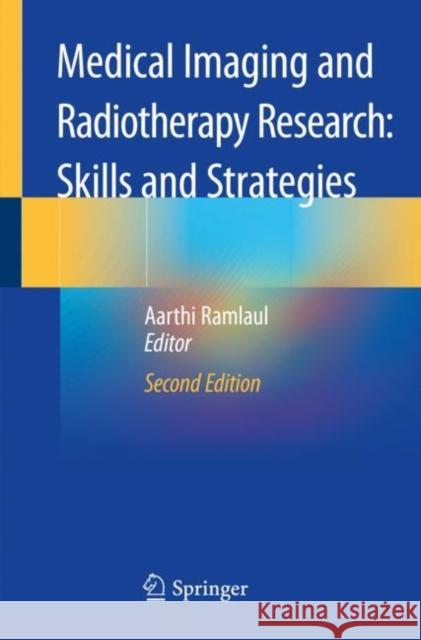Medical Imaging and Radiotherapy Research: Skills and Strategies » książka
topmenu
Medical Imaging and Radiotherapy Research: Skills and Strategies
ISBN-13: 9783030379469 / Angielski / Miękka / 2021 / 427 str.
Medical Imaging and Radiotherapy Research: Skills and Strategies
ISBN-13: 9783030379469 / Angielski / Miękka / 2021 / 427 str.
cena 341,34
(netto: 325,09 VAT: 5%)
Najniższa cena z 30 dni: 327,68
(netto: 325,09 VAT: 5%)
Najniższa cena z 30 dni: 327,68
Termin realizacji zamówienia:
ok. 22 dni roboczych.
ok. 22 dni roboczych.
Darmowa dostawa!
Kategorie BISAC:
Wydawca:
Springer
Język:
Angielski
ISBN-13:
9783030379469
Rok wydania:
2021
Wydanie:
2020
Ilość stron:
427
Waga:
0.68 kg
Wymiary:
23.37 x 19.56 x 2.03
Oprawa:
Miękka
Wolumenów:
01











